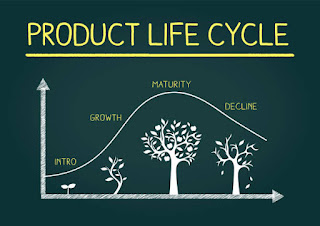business /Marketing Governance in terms of digitalization
“If the business community does not come together to define its social and environmental responsibility and then act on that definition, I fear we will not achieve a (that) better society.” - Courtney Pratt (President: Noranda Inc.)
Digitalization of business was a turning point
for the organizations but not just to this extent it turned out to be a
dramatic set of consequent disasters too. a common form of disaster is an
inappropriate amount of data collection from the customers
Courtesy of Duhigg, 2012 an angry father
turned up at a Target store in the United States challenging the manager as to
why the company sent promotional material for products focusing on pregnant
women to his 16-year-old daughter, at the time still in high school. It turned
out that his daughter indeed had shopped at Target, and the company’s data
analytics had inferred from the products in her shopping basket that she must
be pregnant.
Hence, their algorithms figured out that targeting her with
tailored advertising and coupons would be an efficient way of promoting their
products. The irony of this case, of course, was that obviously, Target knew
well before the girl’s father, that his daughter was pregnant which indeed she
was.
It all comes down to market and business governance through digitalization under workable standards.
SterlingstarCo has been working on this
from the time it made it to the market
That
process, and subsequent learnings, taught me the following data handling best
practices to build trust through digital privacy:
Privacy
by design:
For businesses
starting out or new products being designed, bake customer protection into the
business strategy from Day 1.
Data control:
Collect only the data
that is required. Data should have a reciprocal benefit, not just serve you as
a company, and it must not be used to harm people or their privacy. Also,
provide options for users to keep control over their data.
Accountability and transparency:
Be clear about how you will use, share and store the data you do
collect. One way we practiced transparency around data use was by publishing our data flow. The diagram leaves all the
information users to need to know to feel confident in our service out on the
table.




Comments
Post a Comment